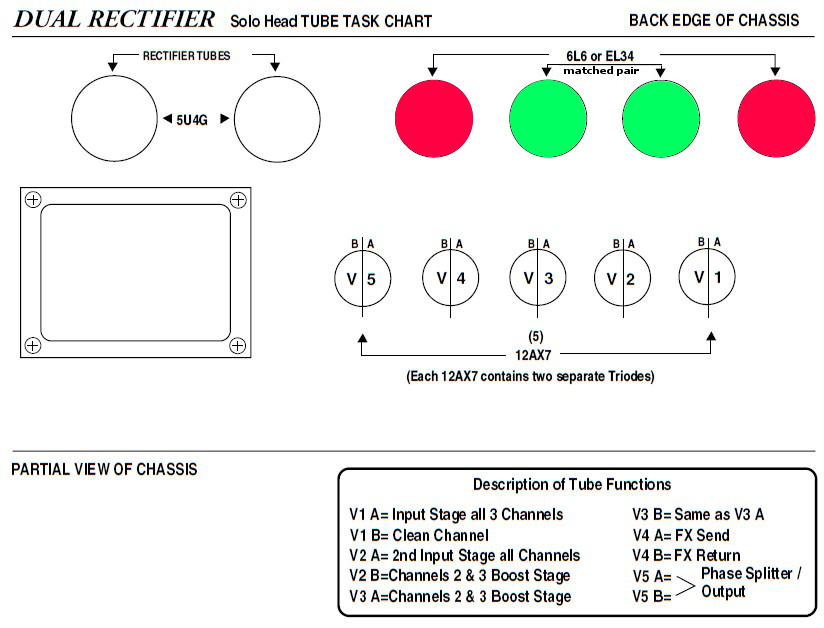QuantumDot
Member
- Joined
- May 2, 2022
- Messages
- 10
- Reaction score
- 1
I need replacement tubes for my Mesa 2:90 and the current power tubes are the Mesa Boogie STR 420 6L6GC with the color code GR BLU.
I thought about buying the new Tube Amp Doctor 6L6GCM-STR REDBASE power tubes but TAD is having problems coming up with plate current values that match the STR 420's with color code BLU.
Per Tube Amp Doctor, they need tubes with PC values around 58 so that the tubes can be installed without doing any tech work.
Now they're telling me that the PC value of 58 is code blue for STR 440 tubes and not the STR 420s.
The STR 420s with color code BLU should have a PC value of around 40.
Since they just can't seem to get redbase tubes with PC values around 58, they offered me to now buy PC 40 tubes instead. I'm not sure what to make of it... their business is selling tubes and they couldn't care less if I fry the tubes in my Mesa 2:90, so I'm not sure if the color code BLU for the STR 420 corresponds to PC values of 58 or 40...
Does anybody know for sure which of these two PC values applies to the STR 420 with color code GR BLU?
I thought about buying the new Tube Amp Doctor 6L6GCM-STR REDBASE power tubes but TAD is having problems coming up with plate current values that match the STR 420's with color code BLU.
Per Tube Amp Doctor, they need tubes with PC values around 58 so that the tubes can be installed without doing any tech work.
Now they're telling me that the PC value of 58 is code blue for STR 440 tubes and not the STR 420s.
The STR 420s with color code BLU should have a PC value of around 40.
Since they just can't seem to get redbase tubes with PC values around 58, they offered me to now buy PC 40 tubes instead. I'm not sure what to make of it... their business is selling tubes and they couldn't care less if I fry the tubes in my Mesa 2:90, so I'm not sure if the color code BLU for the STR 420 corresponds to PC values of 58 or 40...
Does anybody know for sure which of these two PC values applies to the STR 420 with color code GR BLU?
























